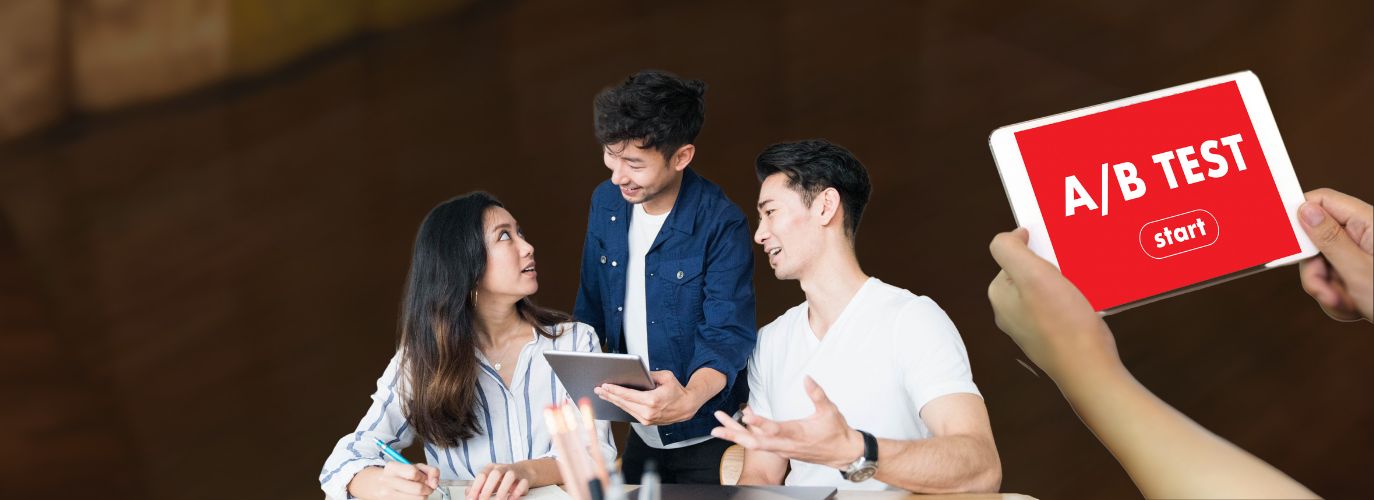Why A/B Testing Matters for Facebook & Google Ads
In paid advertising, making decisions based on data not assumptions is key. A/B testing (also known as split testing) allows marketers to compare two versions of an ad or landing page to determine which performs better. This process is essential for refining campaign strategies across Facebook and Google Ads.
Systematically testing elements such as headlines, visuals, and audience targeting, advertisers can:
- Improve conversion rates
- Reduce cost-per-click (CPC)
- Increase click-through rates (CTR)
- Maximize return on ad spend (ROAS)
What You Can Test
A/B testing helps answer critical questions about what works and what doesn’t in your advertising strategy. Key components you can experiment with include:
- Ad Copy and Headlines: Which messages attract more clicks?
- Visual Formats: Are images or videos more effective?
- Target Audiences: How do different segments respond?
- Bidding Strategies: Manual vs. automated what brings better ROI?
Benefits of A/B Testing in Paid Media Campaigns
Effective testing leads to tangible improvements, such as:
- Higher Conversions: Find the versions that drive more leads or sales.
- Lower CPC: Allocate budget where it delivers results most efficiently.
- Improved Quality Scores (Google Ads): Better relevance can lower your cost per lead.
- Enhanced Relevance (Facebook Ads): Targeted ads lead to stronger engagement.
How to Run A/B Tests on Facebook and Google Ads
Facebook Ads: How to A/B Test
Facebook’s built-in Split Testing tool lets you run experiments across a range of variables, including:
- Ad Format: Compare single image, carousel, and video ads.
- Audience Segmentation: Test interest-based groups versus lookalike audiences.
- Ad Placements: Evaluate performance across Feed, Stories, Reels, or Messenger.
- Scheduling: Identify peak times for engagement and conversions.
Tip: Always test one variable at a time. This ensures that results are accurate and actionable.
Google Ads: Effective A/B Testing Techniques
Google Ads also supports structured testing, particularly through campaign experiments. Key testing areas include:
- Responsive Search Ads (RSAs): Analyze combinations of headlines and descriptions.
- Landing Pages: Assess variations in design, messaging, or CTAs.
- Bidding Models: Compare manual bidding with smart bidding strategies.
- Keyword Match Types: Measure the performance of broad vs. exact match keywords.
Pro Tip: Tools like Google Optimize allow deeper experimentation with landing pages for better user insights.
Making Sense of the Results
Once your test concludes, apply your findings strategically:
- Scale what works: Increase investment in the best-performing variations.
- Cut what doesn’t: Pause underperforming ads to minimize wasted budget.
- Keep testing: Build on successful elements and test new variations to stay competitive.
Final Thoughts
A/B testing sharpens your digital advertising strategy. Whether you’re fine-tuning creative elements or optimizing targeting, the goal is the same: better performance, more conversions, and a higher return on your investment.
If you’re looking for expert guidance in managing your Facebook and Google Ads more efficiently, explore our full range of paid advertising solutions.
Have questions or want to discuss a campaign? Contact us to start a conversation.
